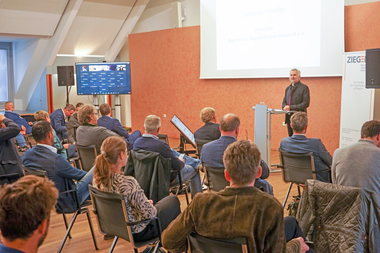Building new homes in Germany – where will the journey take us?
The housing construction conference of the campaign bannered “Impetus for housing construction” held in late April in Berlin dealt intensively with how the rising demand, especially for low-cost homes, can be satisfied and, above all, what policy-makers can contribute to this. The building completion figures of over 250 000 homes, which is now regarded as the lower limit for the homes needed, still seems remote. While the number of building permits, especially for apartment buildings, has indeed increased considerably, realization is still lacking – for various reasons. Consequently, in recent years a pent-up demand for at least 500 000 housing units has built up. With an increasing migration balance of over half a million people at present, however, hardly any impact is made on this backlog. This is not happening, for example, because in the current general conditions the construction of rented accommodation is simply not worth it for investors. To change this, all public offices, local government with the provision of sufficient low-cost building land, the German states with extended housing subsidies and the national German government with an increase in the depreciation rates must do their bit. Only in this way is it possible to push the necessary net rent (without utilities) down to around 8 €/m² and make renting affordable again for large parts of the population.
What does this development mean for the clay brick and tile industry? In recent years the increase in the construction of new housing has been almost exclusively in the apartment building segment. With innovative products and improved construction methods, the clay brick and tile industry has substantially improved its chances to profit from these increases. The just launched campaign “Lebensraum Ziegel” (Living Space with Brick) has set itself the goal, amongst other things, to raise public awareness of the advantages of monolithic brick building in apartment building. Owing to the migration back into the towns and cities, the completion figures for detached and semi-detached houses are hardly likely to rise any further in the foreseeable future. For this reason, it would be a good idea for roofing tile manufacturers to activate the enormous but as yet insufficiently developed refurbishment market. Finally, at the housing construction conference, it was also clear that in the next few years there will be a huge demand for low-cost, fast-built accommodation complexes for migrants and asylum-seekers. Here some creative thinking is needed in the brick and tile industry to work out how to use our products to build a solid alternative to container villages, tent camps and prefab huts.
Martin Roth
General Secretary of the Federal Association of the German Brick and Tile Industry Regd, Bonn







